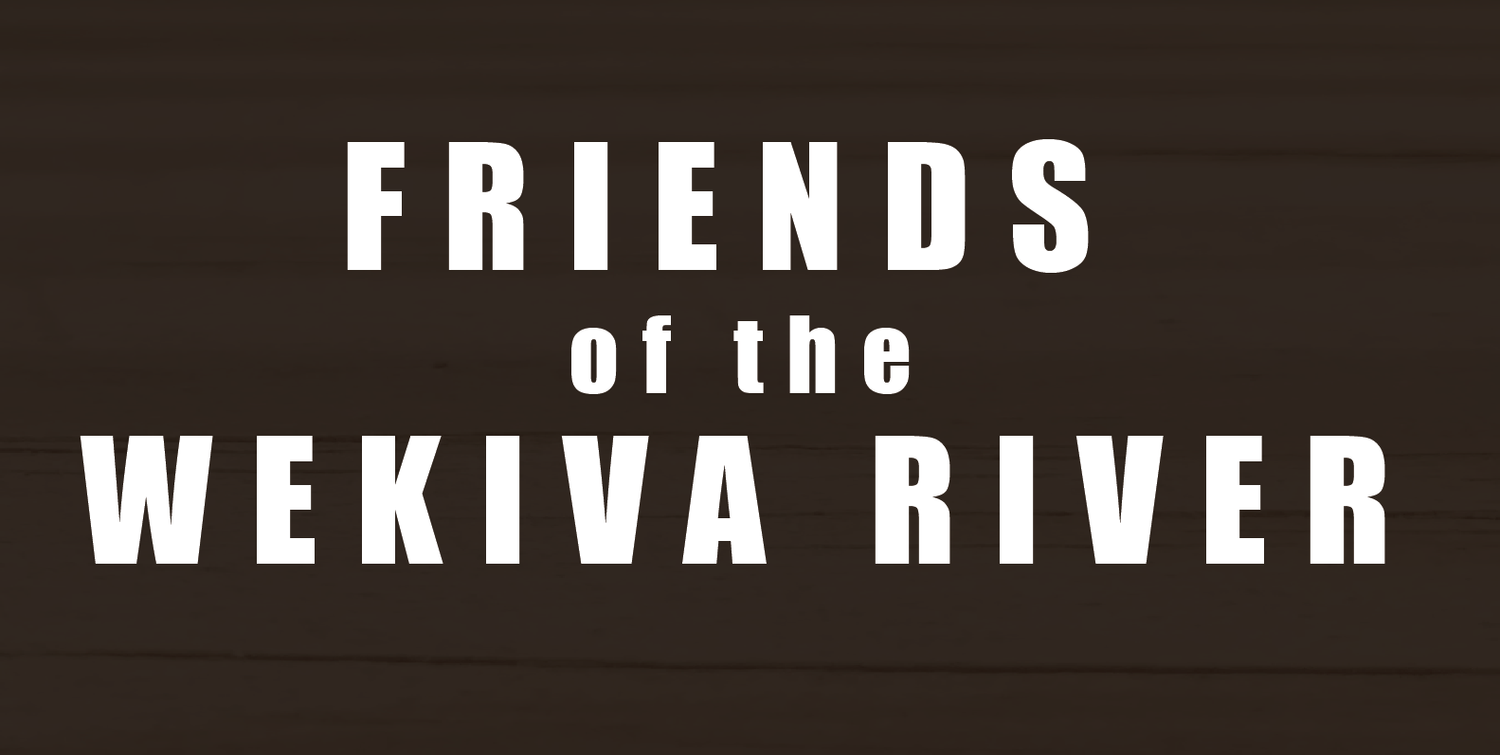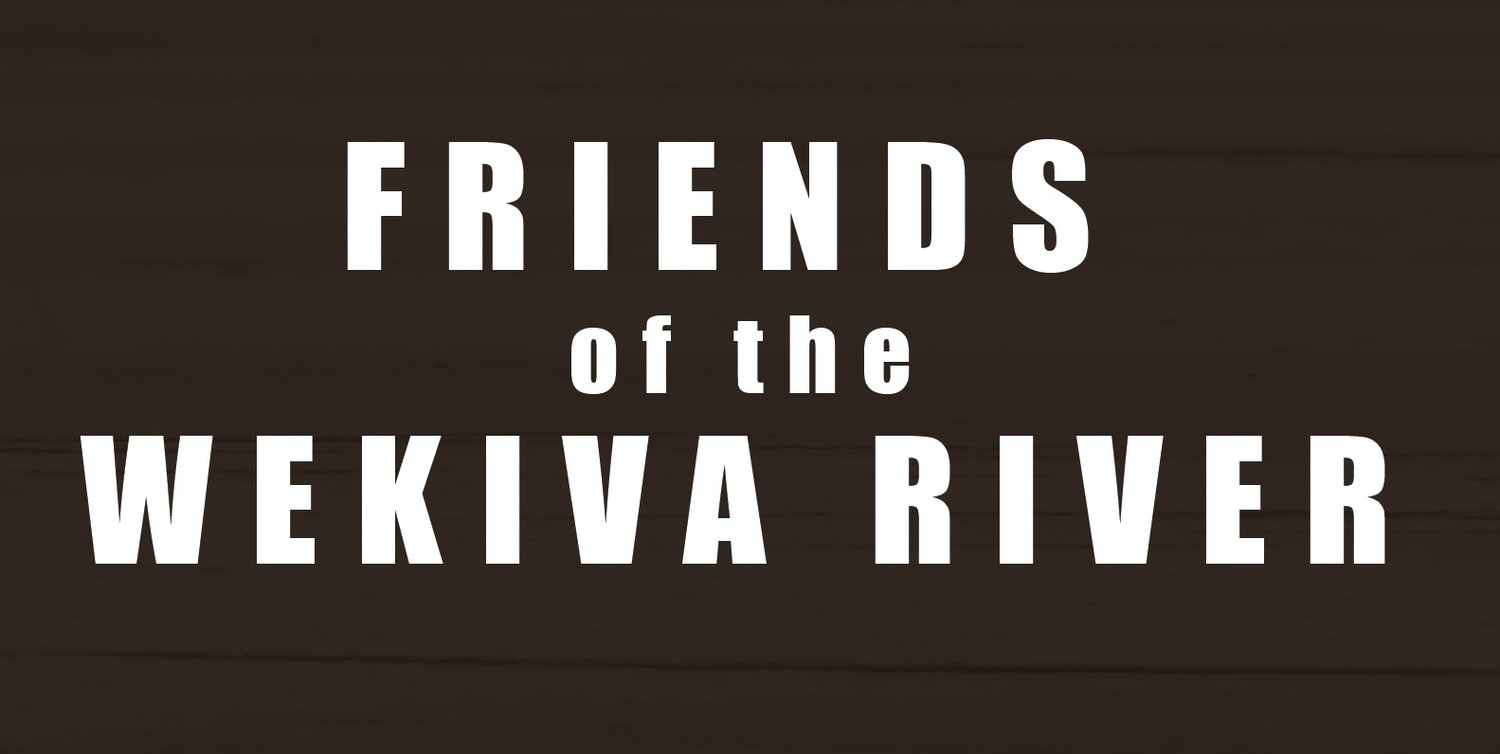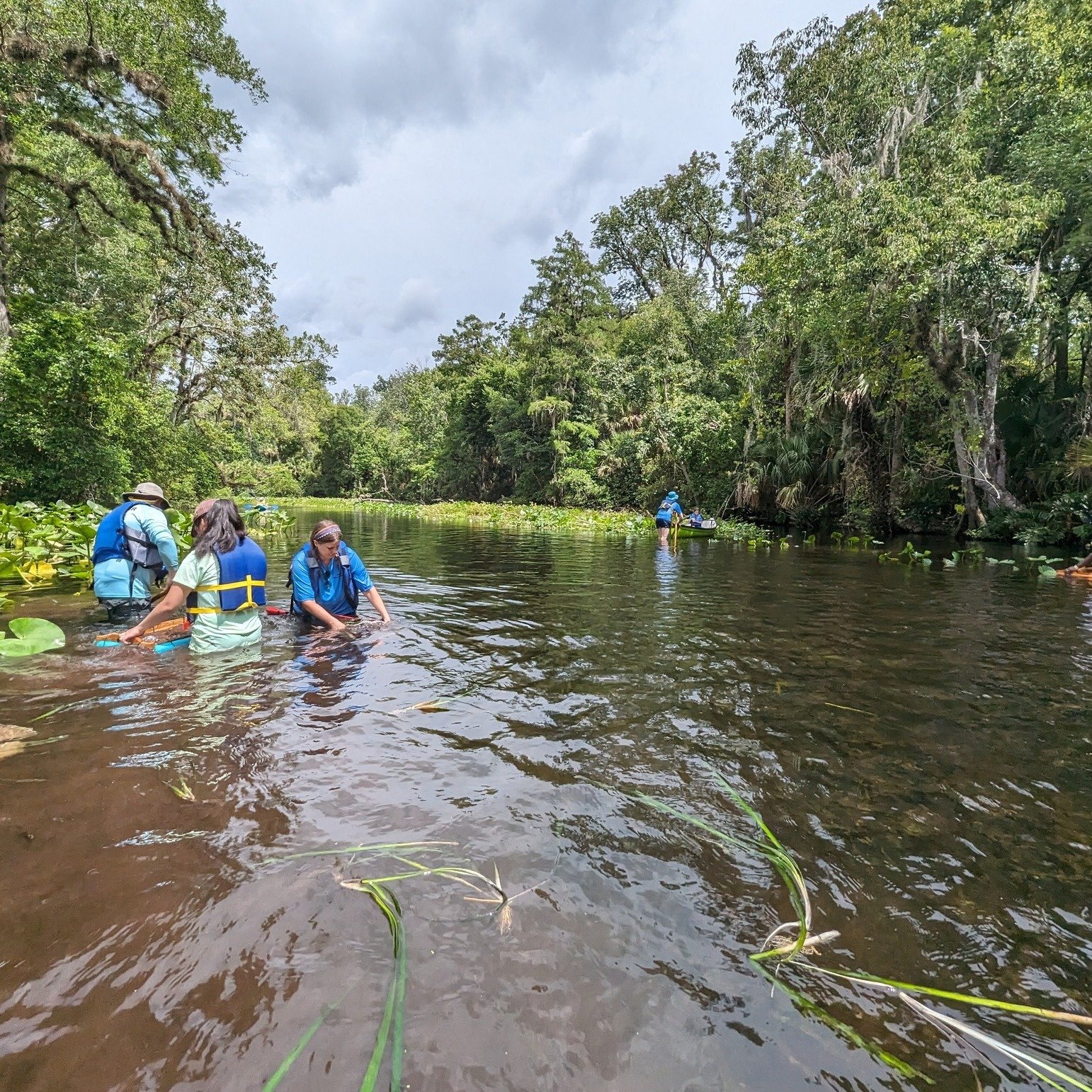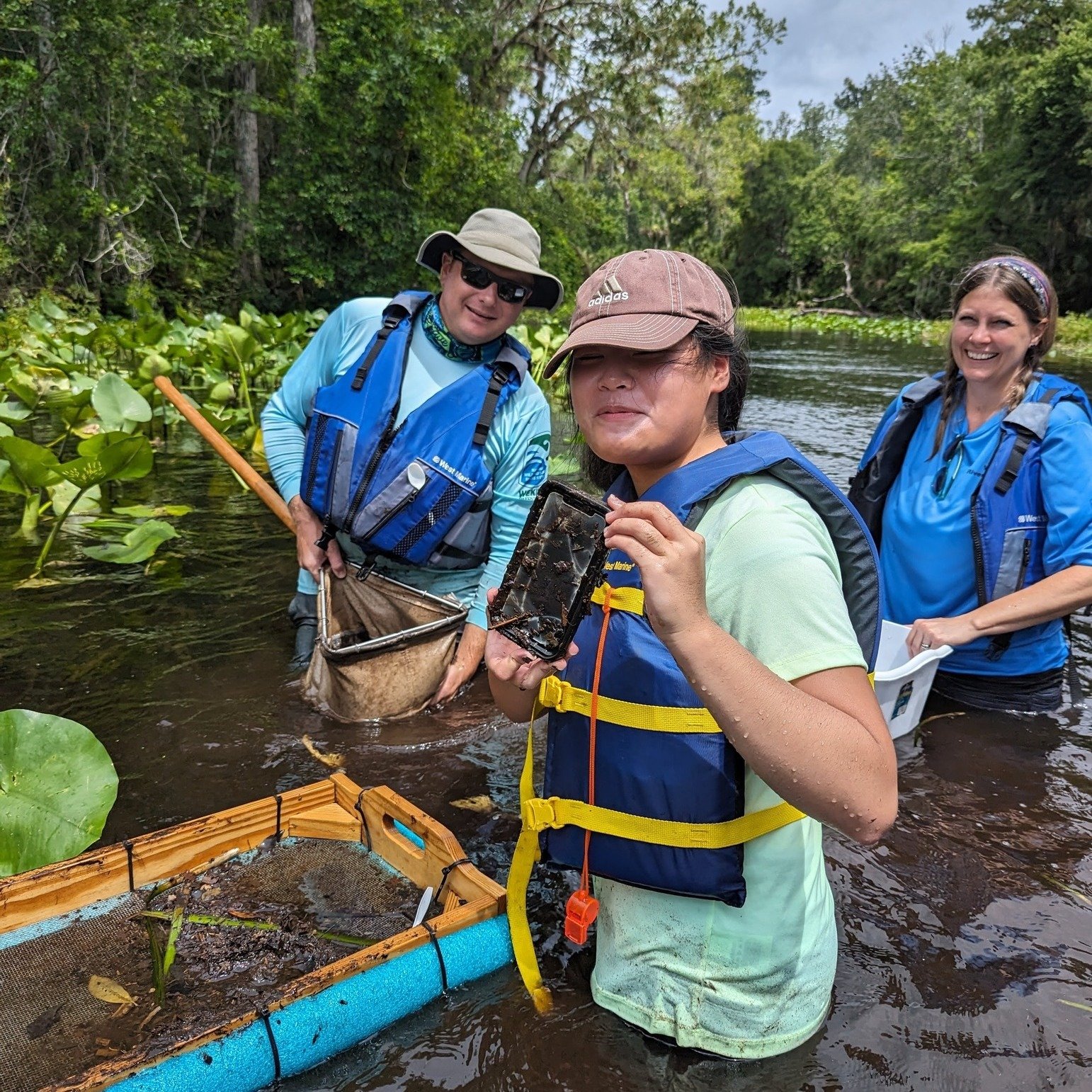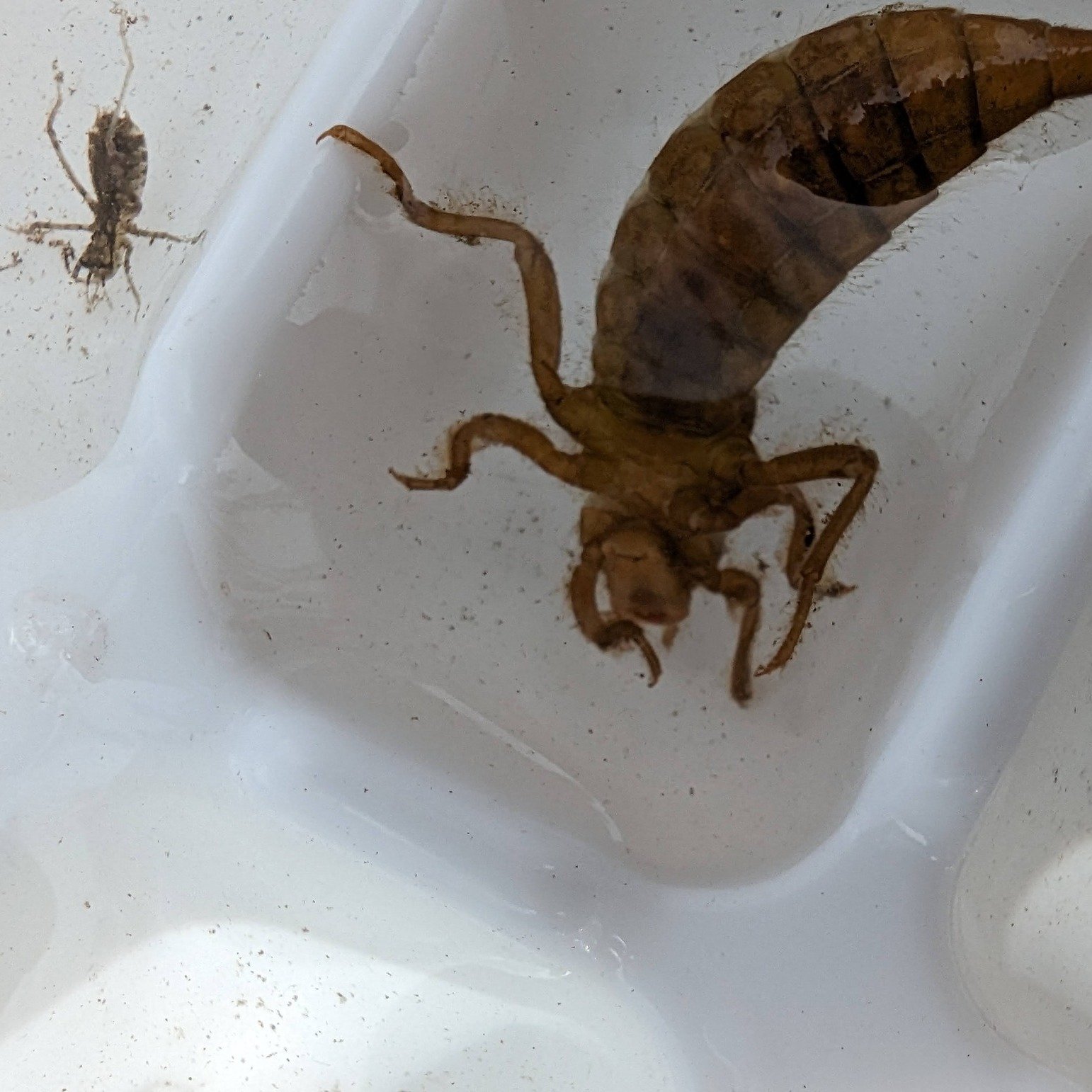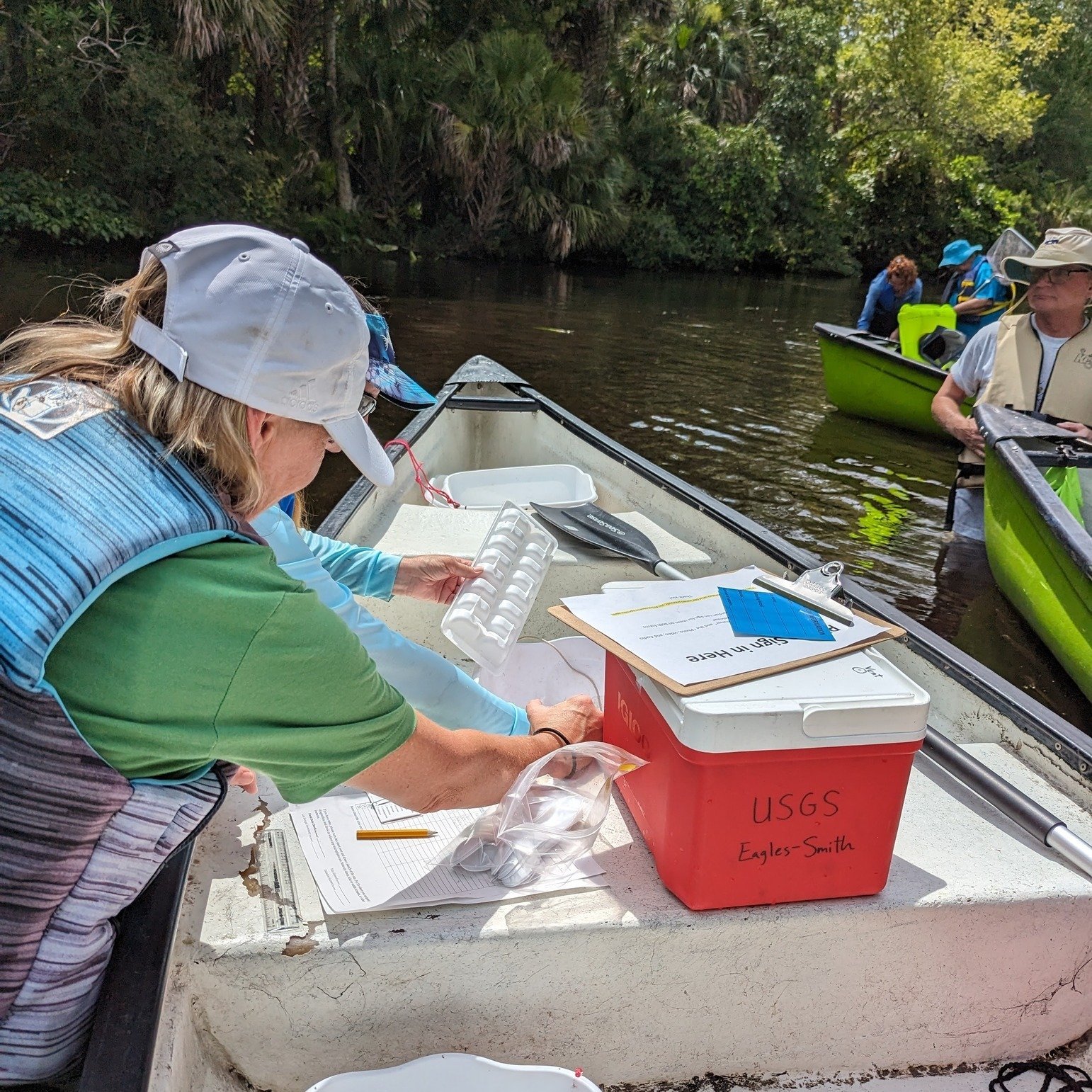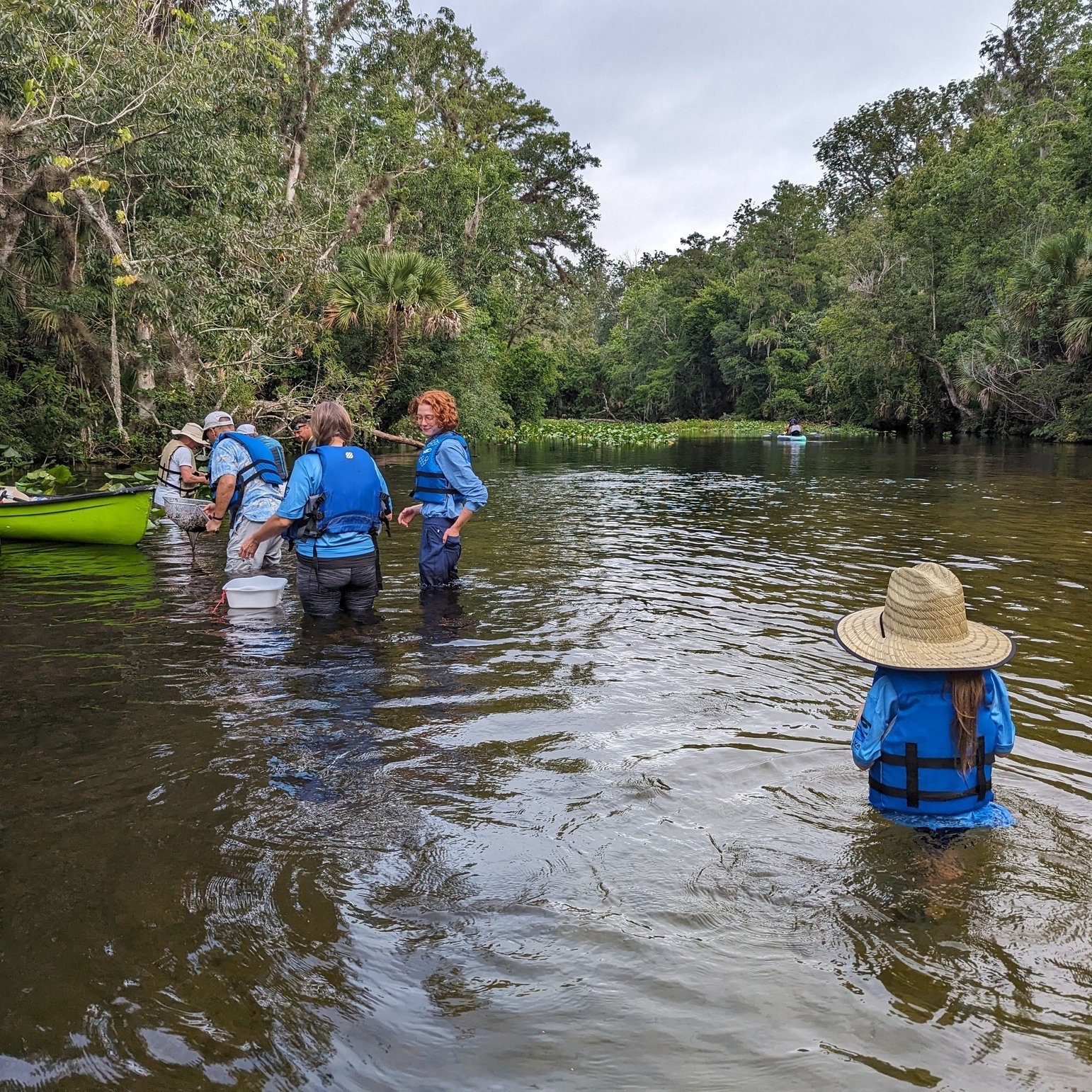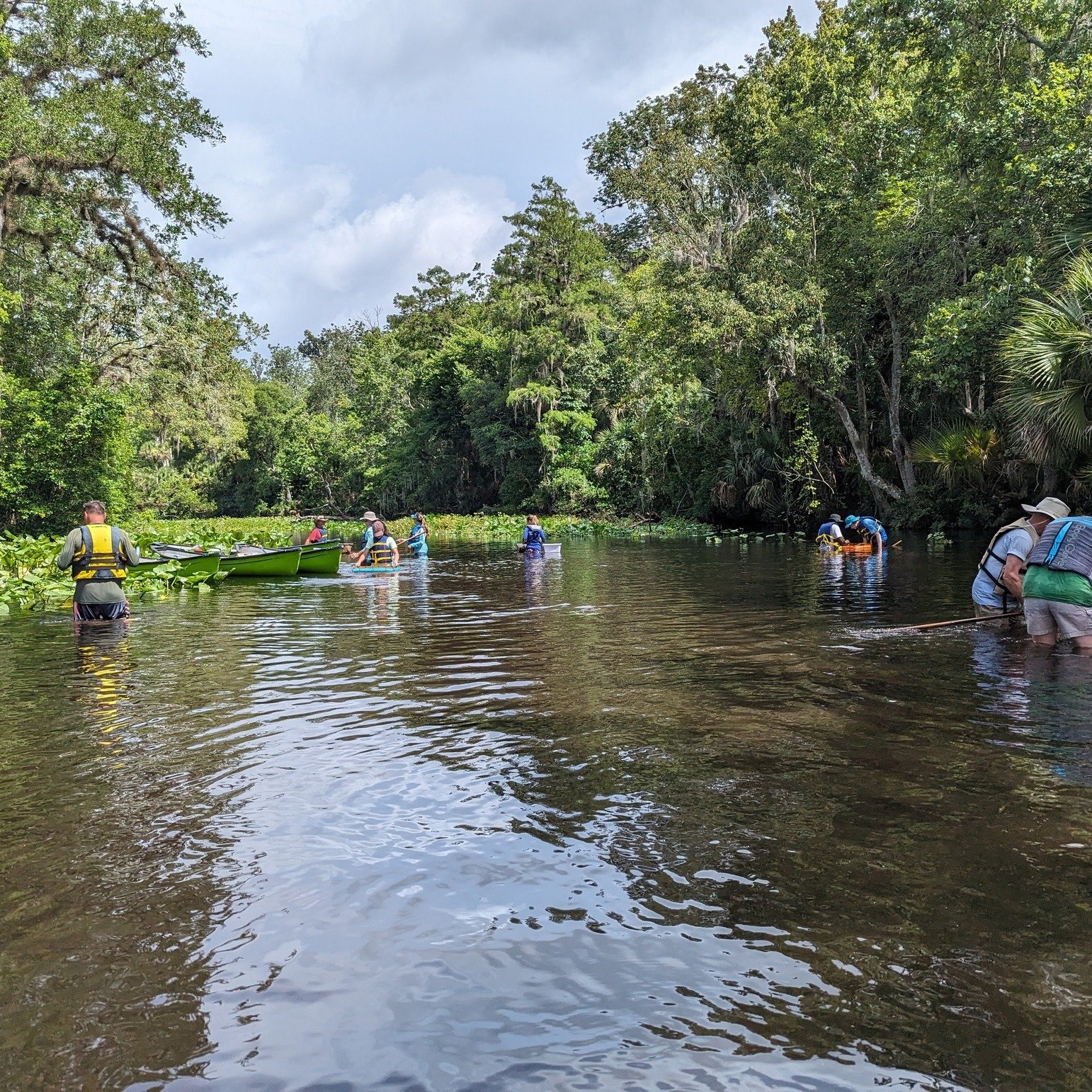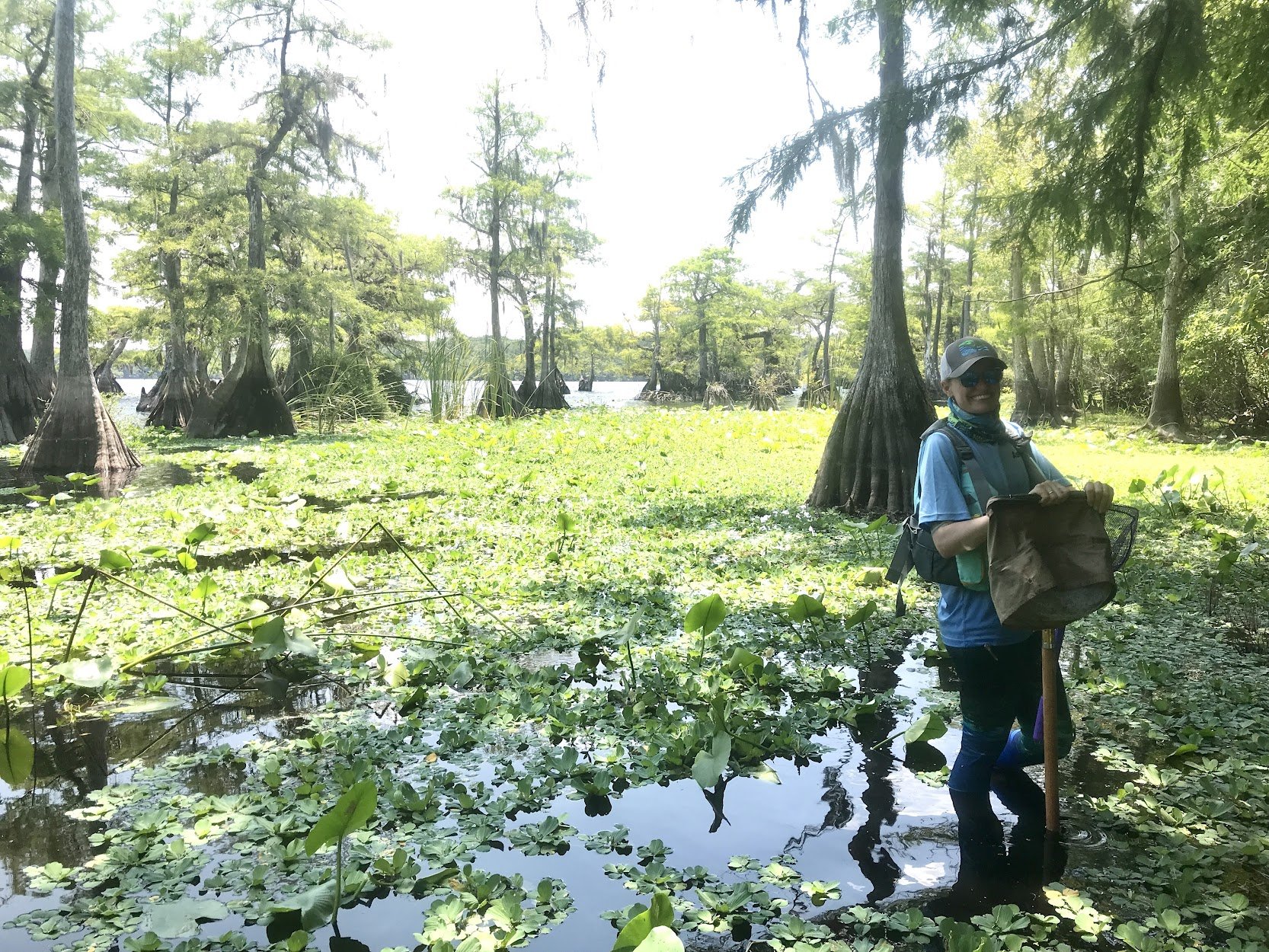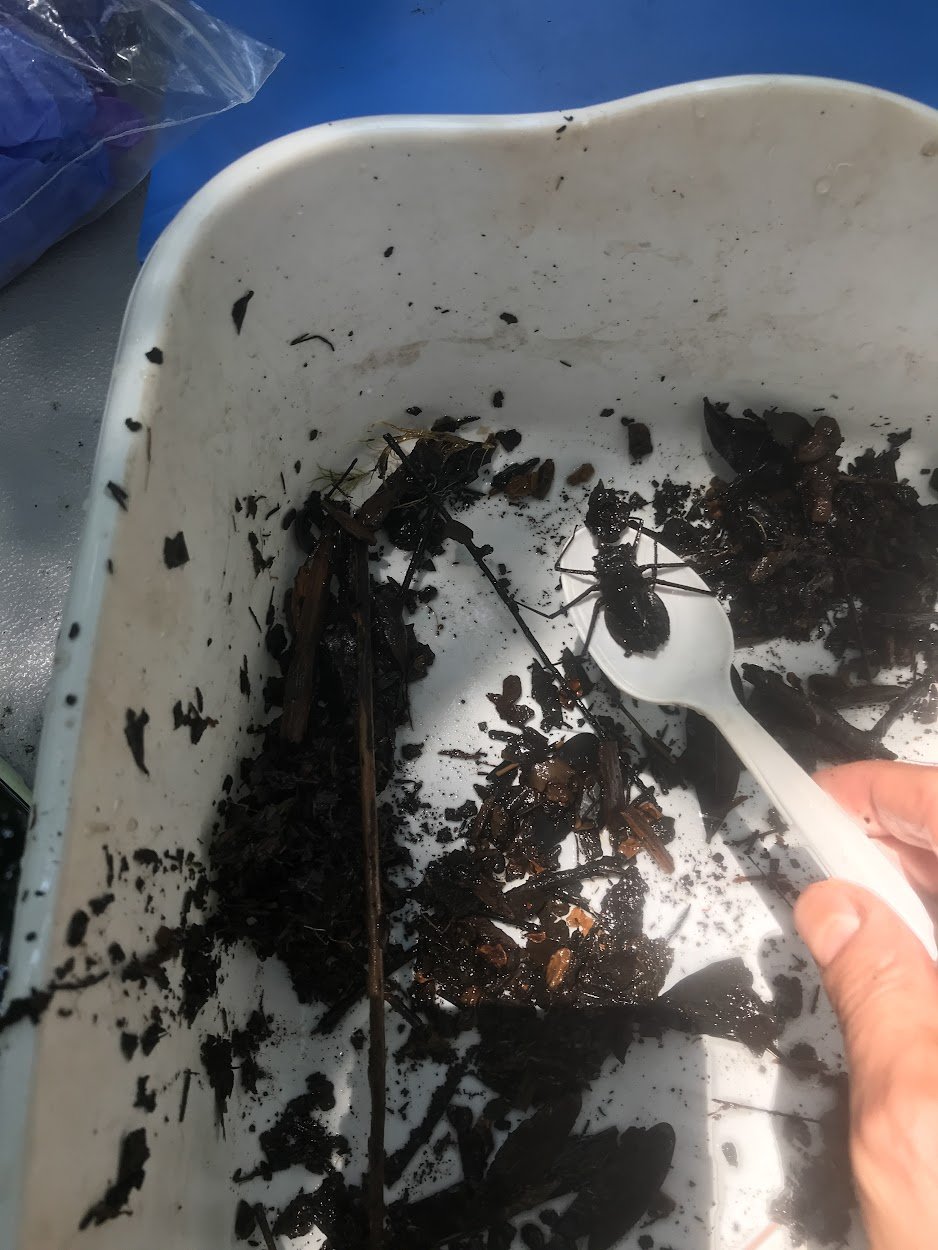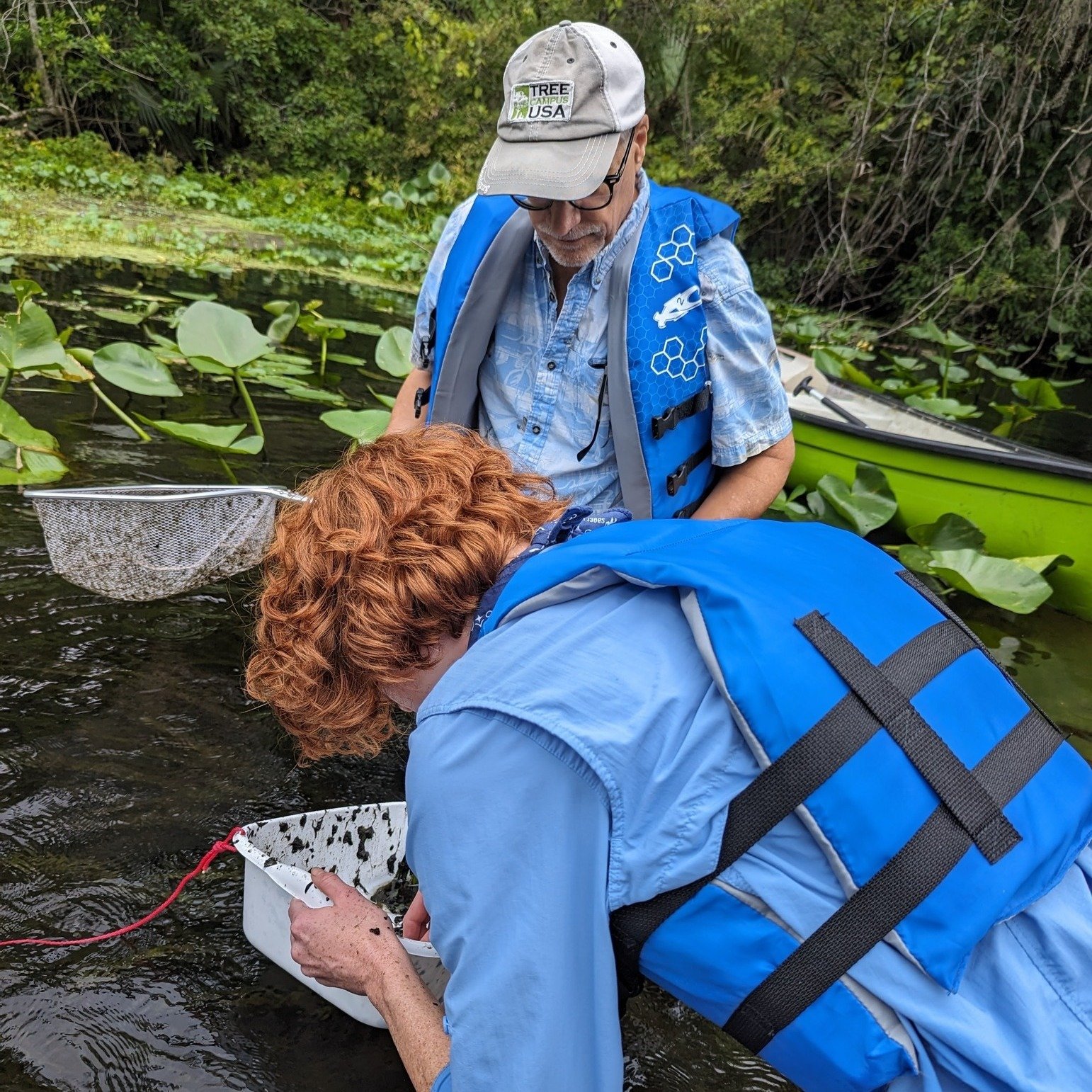2023 Sample Season
Sign up to volunteer for the Wekiva Wild and Scenic River Systems’ 2023 Dragonfly Mercury Project Sample!
See this video for more details!
Every year we sample four sites around the Wekiva River System for juvenile dragonfly called nymphs or larvae. This year we will be sampling the Wekiwa Springs Run, Lake Norris, Camp Joy, and Wekiva Falls.
Want to be prepared for this event? Check out this video on how to ID dragonfly nymphs to family, the DMP webpage, or download the DMP sampling guide here.
The Dragonfly Mercury Project engages citizen scientists such as students and teachers in the collection of juvenile dragonflies, also known as dragonfly larvae, from national parks for mercury analysis.
Dragonfly Mercury Project Article from the National Park Service
Mercury is a toxic pollutant that can harm human health and wildlife health. Mercury often enters parks as air pollution from distant, human-caused sources, like coal-burning power plants. Dragonfly larvae are excellent indicators of mercury risk because they can live for years underwater eating insects and even small fish. Once it is deposited, mercury can build up inside the larvae and give scientists insight into the health of the waters in which they live. Using parks as classrooms, this study provides data for natural resource managers to protect human and wildlife health.
Explore this interactive Story Map to see how studying mercury in dragonflies connects people to parks and helps scientists learn about mercury pollution across the country.
Why Juvenile Dragonflies?
Dragonflies live in streams, wetlands, lakes, and other water bodies across the country. We usually see the luminescent wings and elongated bodies of the adults zoom across the water’s surface.
Just below the surface, on rocks, plants, and in the sediment, are the juvenile dragonfly larvae. Dragonflies spend most of their life in the water as larvae.
Check out this cool dragonfly larvae video!
Dragonfly larvae eat a lot of smaller insects and even small fish, making them high on the food chain. Each time a predator eats prey with mercury inside, they accumulate that toxin too.
Dragonfly larvae are a food source for many fish and birds. Other fish, birds, and mammals then eat those fish and birds. Mercury in the larvae, therefore, tell us if there is a risk to humans and other animals.
Unlike fish, dragonfly larvae are easy to catch with a net and to identify. They are also smaller than many fish, making them easier to sample and analyze.
After collection, dragonfly larvae samples are shipped to the U.S. Geological Survey Contaminant Ecology Laboratory in Corvallis, Oregon for mercury analysis.
What Have We Discovered?
Explore the overall park and site-specific sample results on the Dragonfly Mercury Project Data Map.
Study results show that:
Dragonfly larvae are an effective biomonitoring tool.
The DMP is a great way for people to help with meaningful research and learn through experience.
Mercury levels can be very different in nearby locations. This may mean that things like elevation or vegetation have an important influence on mercury risk in parks.
Most sample sites are in the moderate to low-risk category, but 12% of sites are at high or severe risk for mercury, potentially causing harm to fish, wildlife, and people who eat those fish and wildlife.
Continuing to sample and study mercury in dragonfly larvae could help researchers predict potential risks to other animals and see how well efforts to reduce mercury (in the U.S. and internationally) are working.
Reference: Eagles-Smith et al. 2020
Thank you!
Thank you to all of our dedicated community scientists who help with this project! It takes a lot of dedication to stay motivated, especially when the nymphs are hard to find! We could not do this project without you!
Check out some pictures from this year’s samples below!
